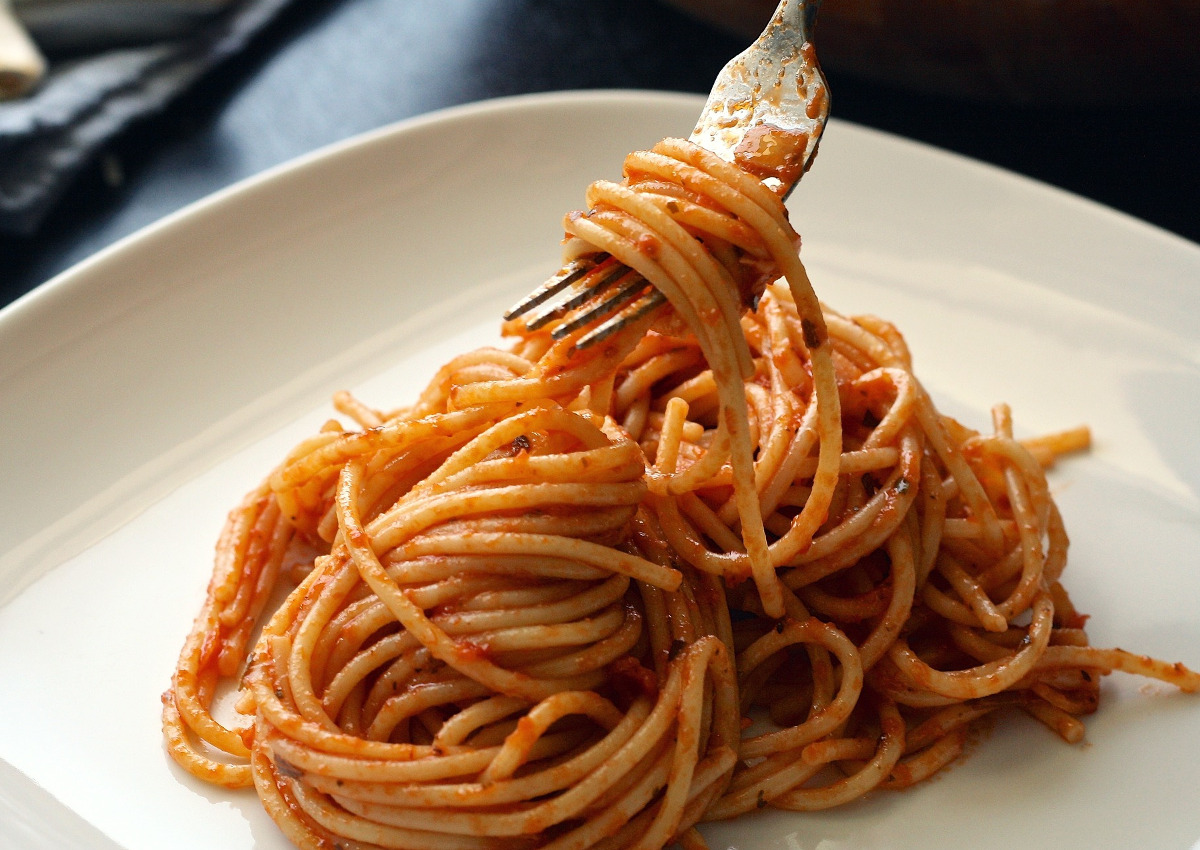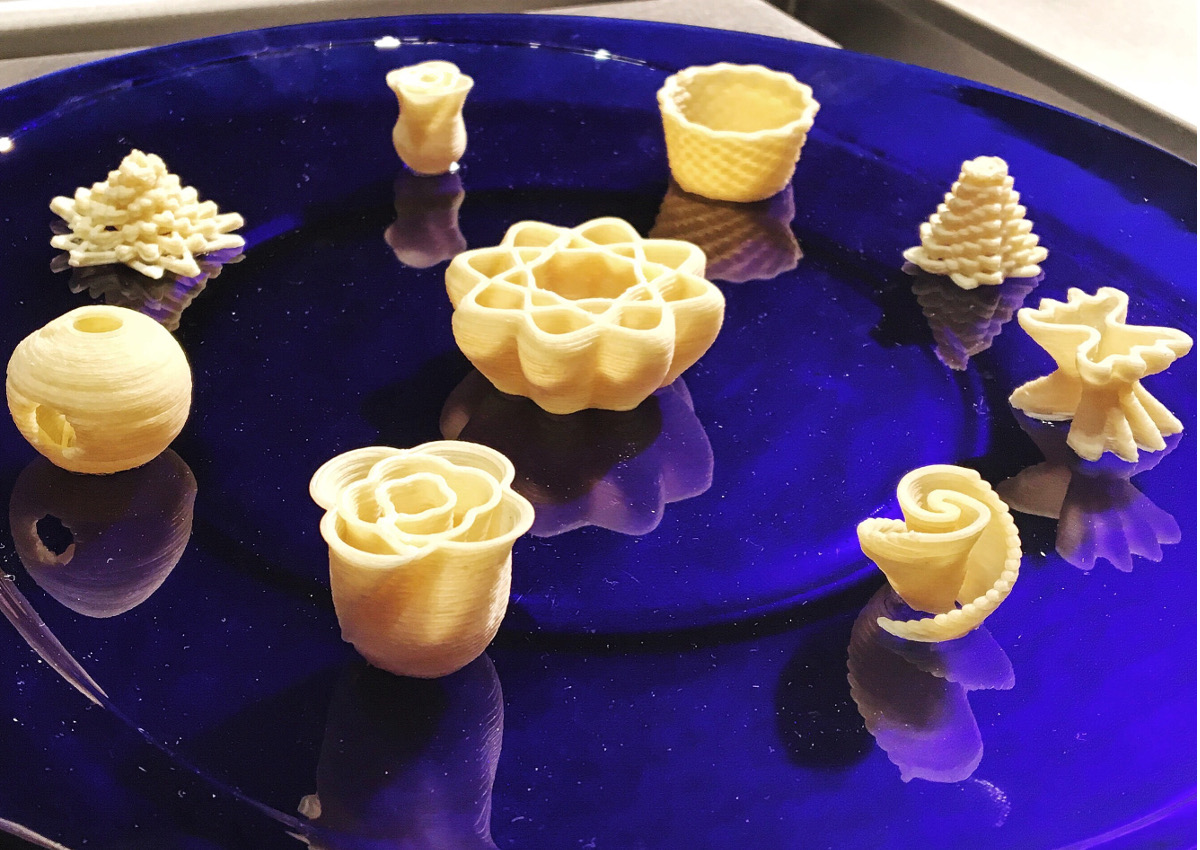Competition in the dry pasta sector is increasing as new products debut and private label brands grow increasingly popular. As competition rises, there are several other factors that are hurting the category. Distribution challenges, staffing issues and the rise of alternative pastas have taken a toll on some manufacturers. Ebro Foods Chairman and CEO Antonio Hernandez Callejas said during a call and presentation with analysts in February that the company’s Riviana pasta brand has been hit by both distribution problems with more European brands getting shelf space in the U.S. “The competitive environment of pasta facing the U.S., we have Barilla, then private label and way far from it, American Italian Pasta,” Callejas said. “This is a very competitive environment, where promotions account for more than 65% of the sales volumes.”
ALTERNATIVE VEGGIE OPTIONS
The dry pasta category also has been negatively impacted by the increase in alternative veggie options. Innovations in the space include spiral pasta-like products made with vegetables from Green Giant, Del Monte and Veggie Noodle as well as pasta made from seaweed. The vegetable-based items are gluten-free and paleo-friendly and contain 65% to 90% fewer carbohydrates than traditional pasta — factors that increasingly appeal to today’s consumers. Some consumers have turned away from wheat-based pasta due to ‘carbophobia’ and a concern about too many calories impacting their health. According to Mintel, 41% of U.S. consumers view rice and other grains as being healthier than pasta.

SATISFYING CONSUMERS’ DEMAND
Dry pasta companies have adjusted to that shift in consumer demand. Barilla recently debuted pasta products featuring chickpeas and red lentils instead of wheat, a move which could appeal to gluten-free consumers — and those looking for more protein and fiber. The product offering could help further cement the Italy-based firm’s market-leading position. Statista figures indicate consumers reported buying Barilla pasta nearly twice as often as store brands last year, followed by American Italian Pasta-owned Mueller’s and Riviana’s Ronzoni at a distant No. 3 and No. 4, respectively.
BARILLA LEADING PASTA SALES IN THE US
However, Barilla remains the largest dry pasta company in the world, according to Forbes. In 2017, it had 30% of the U.S. market and sold $3.5 billion in products annually. With that kind of success and influence, Barilla is well-positioned to innovate, both in-house and otherwise. The Italian company is heavily into R&D, experimenting with 3D printed pasta and developing products in the organic, gluten-free, fast-cooking and meal kit areas popular with consumers. People aren’t giving up on pasta yet. According to Euromonitor, global consumption of gluten-free and organic pastas have been on the rise. More companies may enter the dry pasta segment if they can convince potential customers their products have fewer calories and more protein and fiber than their competitors. Adding plant-based and gluten-free options also may help jump the category, and if distribution and staffing issues can be resolved, dollar and unit sales could inch back up.
Click here to explore the Italian pasta companies on Italianfood.net platform

